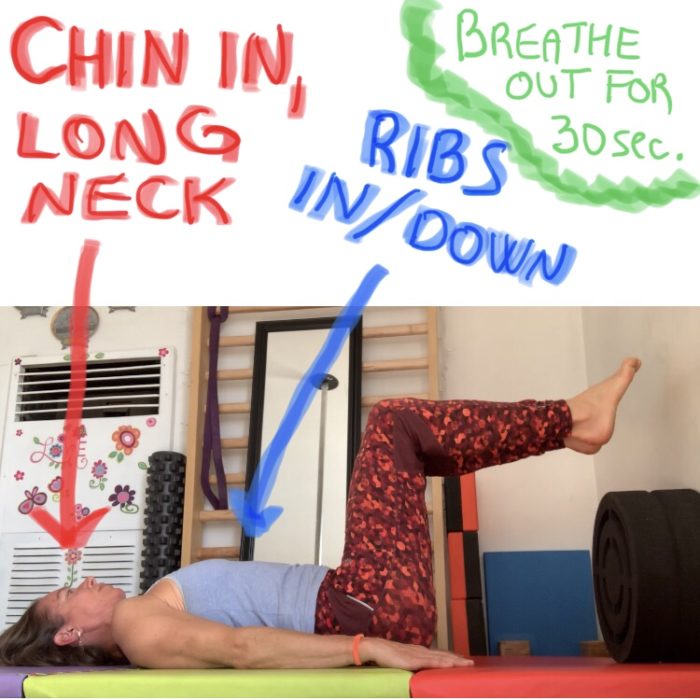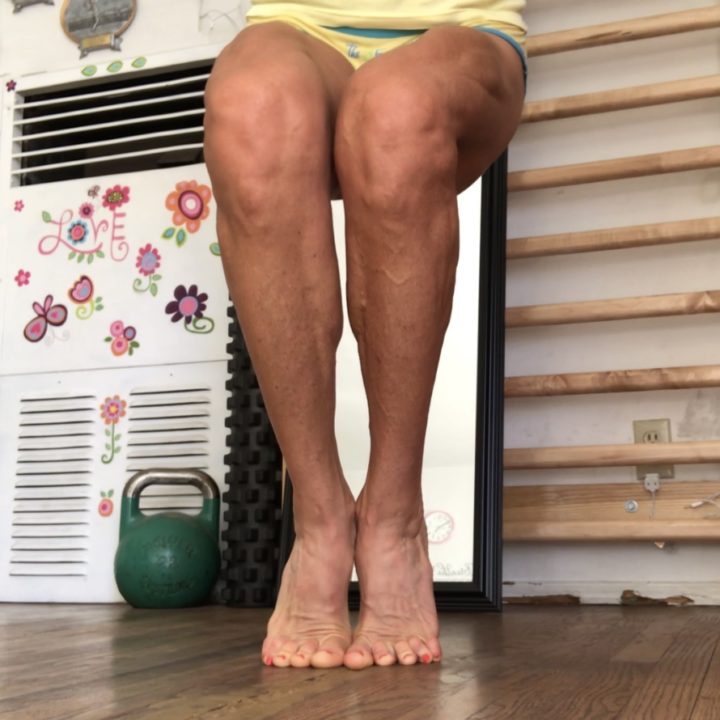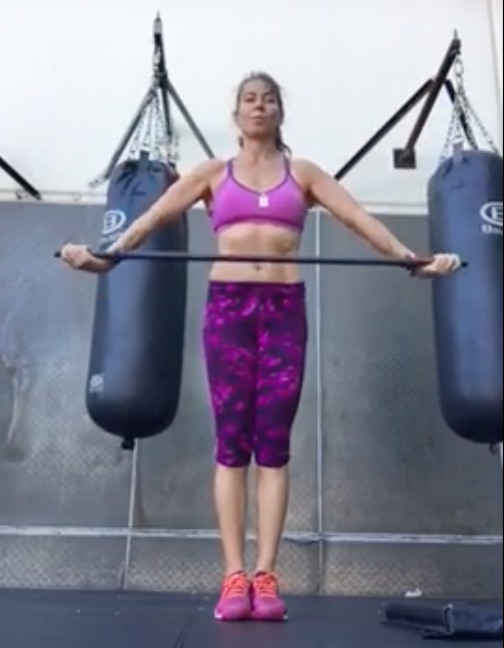Until not too long ago, I did not care about correct breathing too much. “Not care” is maybe not the right word, but I just didn’t know… I was aware that it’s important to breathe deeply, but I thought that I was doing it right because I was even using some breathing apps on my phone.
What is correct breathing? Take a deep breath, fill everything possible, and breathe out, right?
Wrong.
The only breathing we should use is diaphragmatic breathing. With that, you create intraabdominal pressure and with that core stabilization. That’s what we want.
When you breathe properly, your exhale should be twice as long as your inhale. Also, as you breathe in into your abdominal area, during the exhale, you need to keep the pressure there. Are you able to breathe into your lumbar (lower back) area, and keep the pressure there during the inhale and exhale?
Proper breathing patterns involve diaphragmatic breathing and proper intraabdominal (inside your abdominal compartment) pressure building.
You could say they we can create intraabdominal pressure just by holding our breath, and this is true, but it is not very functional.
Diaphragmatic breathing is the right way to do it, and everybody who wants to improve their performance should be very keen to learn how to do it. It will also help you with lower back pain and other tightnesses and aches you have from dysfunctional movement patterns. If you don’t know how to have control over your breath, you don’t have control over your movement correctly.
To analyze how you breathe right now, sit down or lay on your back, and put your fingers on the lower outside of your ribcage. Keep breathing and observe how your ribcage is moving. If it is expanding upwards, that is a sign of dysfunctional breathing.
An average person takes about 20,000 breaths per day when at rest. If you move, you breathe almost double. Having stress in your life creates shallow, dysfunctional breathing into your upper chest or ribcage, and you take many more, dysfunctional, breaths as well.
Learning how to breathe correctly could be the last key to the puzzle of your always tight body.
Correct intraabdominal breathing helps to maintain stability in your core. If your core is unstable, many other structures (muscles, tendons) around it have to do extra work to stabilize, and they get overused and tight. No matter how much you stretch them, they don’t seem to let go.
Reconnect with your breath, learn how to build intraabdominal pressure, slow things down, focus on a long exhale, and you start feeling the change in the patterns of your movement and tightness in your body.

Diaphragmatic breathing
A simple exercise
- Lay down on your back and put your feet on a chair, or sofa, ball, or wall.
- Keep 90 degrees in your hips and knees, with the arms alongside your body or hands on your lower abs.
- Elongate your neck by tucking your chin in and pull your ribs in (down, toward the ground).
- Take a deep breath through your nose into your abdominal area, do not let the ribcage rise.
- Lift your legs one inch, keep pushing your lower back to the ground and get ready to exhale slowly.
- Make a “shhhhhhh” or “tssssss” sound and slowly exhale the air by pushing it out from your abdominals. You should feel the pressure inside your core.
- Make the exhale at least 30 seconds. It is going to be hard in the beginning, but with practice, you will achieve it pretty soon.
- Put your legs back on your support and breathe deeply in.
- Repeat for 4-8 long breath, at least twice a day, preferably more often.
- If lifting both legs is too difficult, keep one grounded and lift the other one. Alternate on each breath.
Watch Diaphragmatic Breathing video, made just for you.
Once you are comfortable and skilled with proper activation of the core, you can take this skill to many other exercises and simple progressions, such as planks, bird-dogs, dead-bugs, etc. Then lunges, squats, and other heavier-load exercises.
Become more aware of your breathing during your day, and correct yourself when you catch yourself breathing shallowly into your chest.
After your breathing session, try to stretch some of your tightest, problematic areas, and you may be surprised that you will feel much looser. Just that should motivate you to repeat the breathing exercise often.
.





